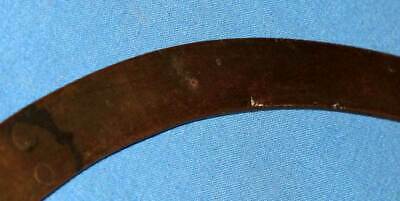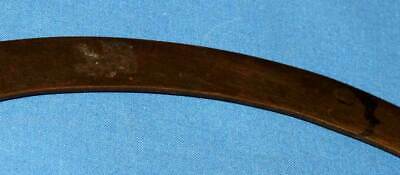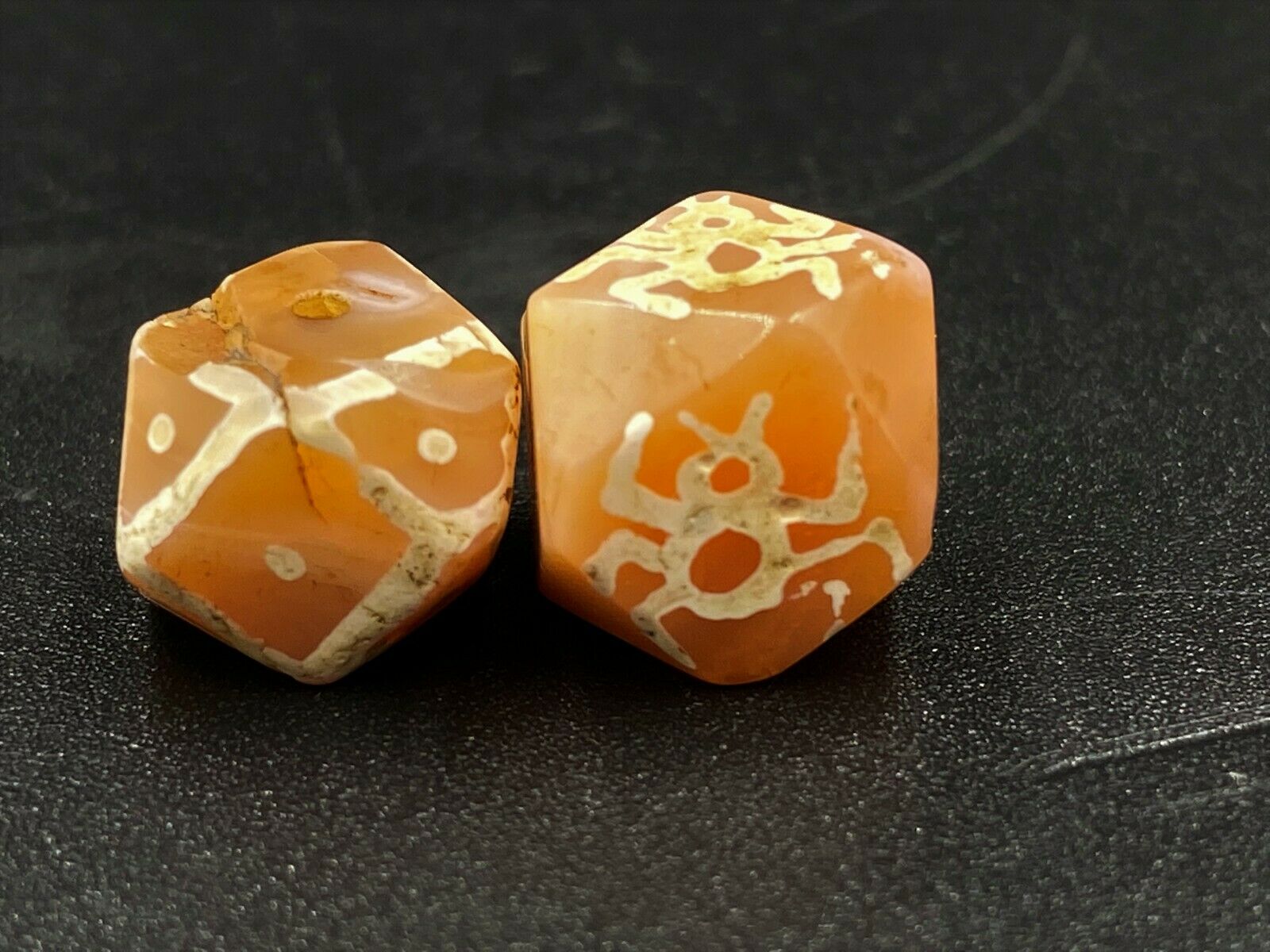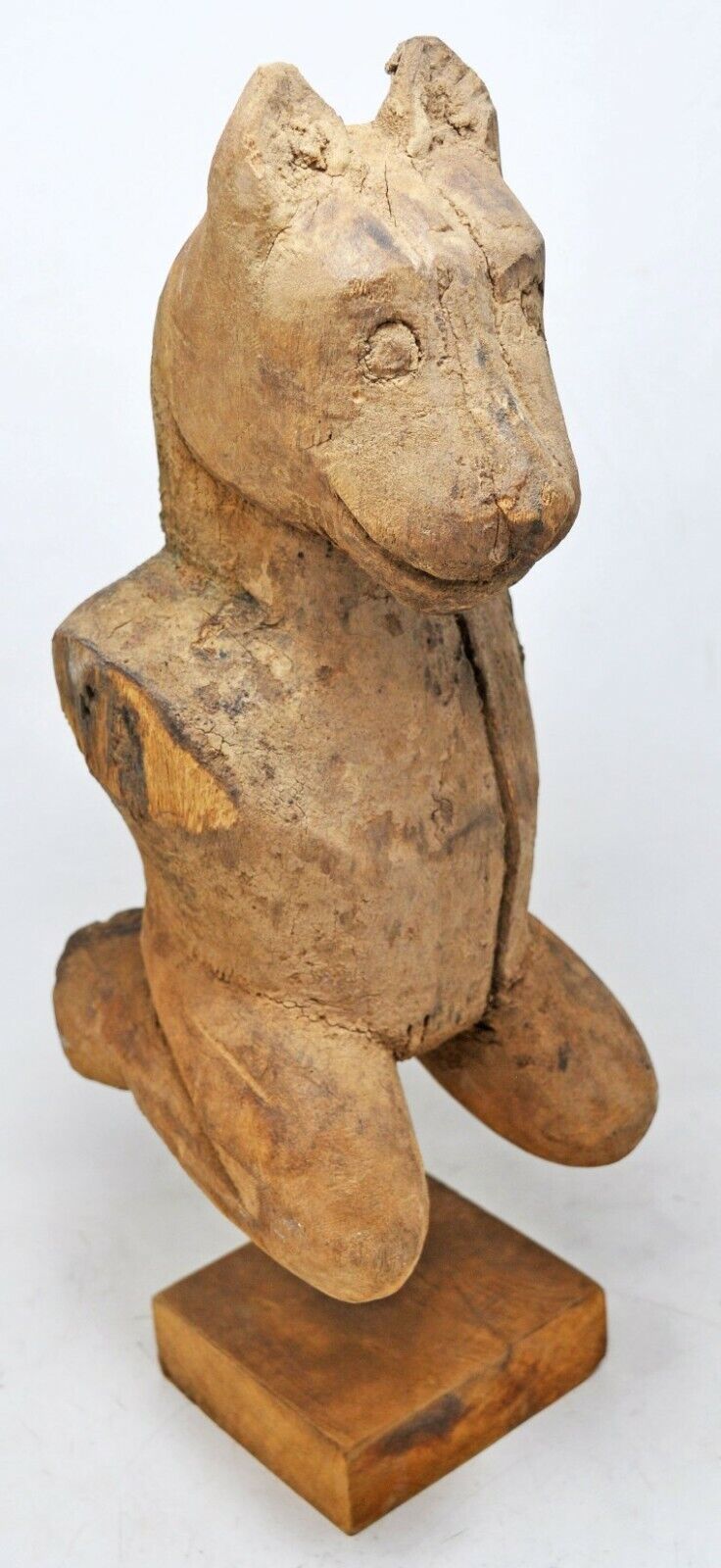-40%
Antique Sikh Chackram from India with Unusual Bronze Airfoil Design
$ 396.1
- Description
- Size Guide
Description
Antique Brass Sikh Chackram from IndiaThis old Chakram is a very unusual throwing ring made out of brass or bronze. It is not decorated, but it has an unusual and rather advanced aerodynamic feature. The cross section of the ring is nearly constant. It appears that a bar was rolled into a circular shape and then brazed in one location to make it a solid ring. The unusual aerodynamic feature is that the entire inner diameter is higher than the entire outer diameter resulting in an advanced rotating lifting airfoil in flight. I have thrown this ring and it does fly much farther than the heavy steel rings. This same aerodynamic feature can be found on the marvelous Aerobie toy with a raised outer lip. Very clever and rare. I have never seen one of these bronze long distance rings before or since and it was part of a collection of about 10 Chackram purchased from an auction house in London in the 1980s. I acquired this chackram from the Barclay Gallery in Michigan. It is in marvelous condition. Please view the photos below.
Outer Diameter = 27 cm ; Inner Diameter = 24 cm ; Inner Rim Thickness = 2.1 mm ; Weight = 134 gm
The Indian throwing ring knife is variously known as the Chakram, Chakra, Chackram, Chackrum, Chakar, Chakram Quoit. Generally thought to be the exclusive provenance of the Sikhs, Egerton shows a broad bladed example of 6" diameter in his landmark 1880 study identified as Aboriginal and non-Aryan Tribes of Central Indian and the Andaman Islands. These generally are called the "Wild Tribes" and are known to have produced fine metal work in their weapons, particularly battle axes. Allowing for a broader use of the chakram, he describes the vast variation in construction and quality encountered. Furthermore, it seems quite likely that the Sikhs (founded in 1469) may have adapted the weapon from the refugees of the earlier Aryan invasion. Egerton also states that the arm that is exclusively peculiar to this sect (Sikhs) is the quoit, but he goes on to remove any doubt that it is a true weapon and used in battle.
The Sikhs became martial under Guru Govind Singh and they used the Chackram effectively against the Moghul dynasty. The Chackram has a history that is as old as Indian civilization itself. It's useage is embedded in Indian myth and legend. In the epics . . . the Mahabharata for instance . . . an asura trying to get heavenly nectar from the moon had his head chakra-ed off. Still he tries to swallow the moon and succeeds ever so often before the moon escapes through the cut neck . . . an eclipse myth. Sculptures and paintings of many gods and godesses show the chakra being twirled.
















